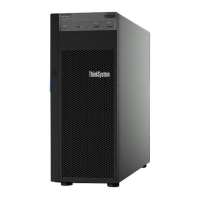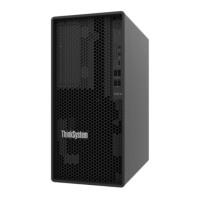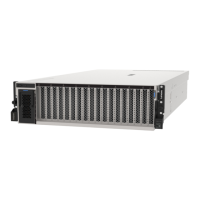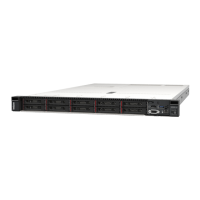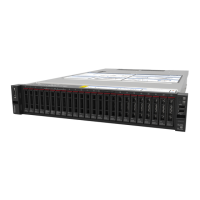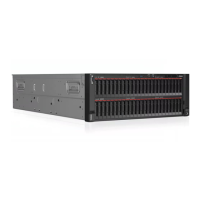5. Replace the failing device.
Serial-device problems
Follow this procedure to solve problems with serial ports or devices.
• “Number of displayed serial ports is less than the number of installed serial ports” on page 231
• “Serial device does not work” on page 231
Number of displayed serial ports is less than the number of installed serial ports
Complete the following steps until the problem is solved.
1. Make sure that:
• Each port is assigned a unique address in the Setup utility and none of the serial ports is disabled.
• The serial-port adapter (if one is present) is seated correctly.
2. Reseat the serial port adapter.
3. Replace the serial port adapter.
Serial device does not work
1. Make sure that:
• The device is compatible with the server.
• The serial port is enabled and is assigned a unique address.
• The device is connected to the correct connector.
2. Reseat the following components:
a. Failing serial device.
b. Serial cable.
3. Replace the following components:
a. Failing serial device.
b. Serial cable.
4. (Trained technician only) Replace the system board.
Intermittent problems
Follow this procedure to solve intermittent problems.
• “Intermittent external device problems” on page 231
• “Intermittent KVM problems” on page 232
• “Intermittent unexpected reboots” on page 232
Intermittent external device problems
Complete the following steps until the problem is solved.
1. Make sure that the correct device drivers are installed. See the manufacturer's website for
documentation.
2. For a USB device:
a. Make sure that the device is configured correctly.
Restart the server and press F1 to display the LXPM system setup interface. Then, click System
Settings ➙ Devices and I/O Ports ➙ USB Configuration.
Chapter 5. Problem determination 231

